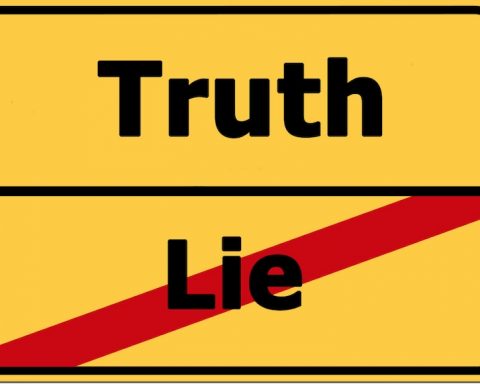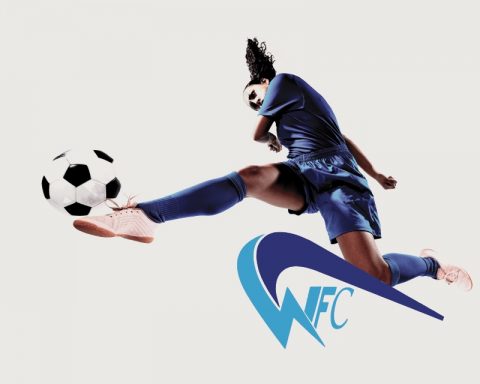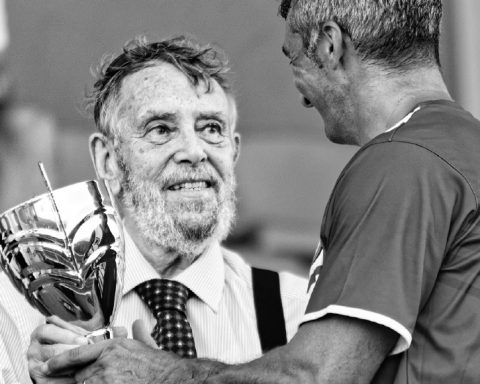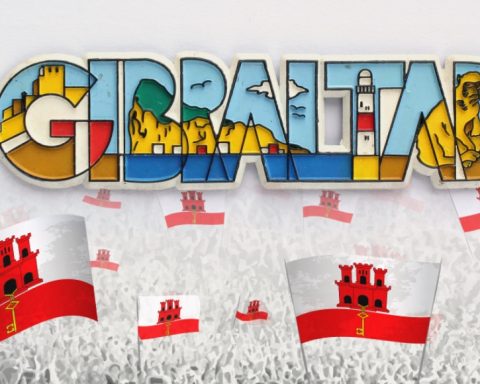Women’s football and it’s development is like fighting the one eyed giant.
The management of Gibraltar Wave FC has set itself the task of promoting and advancing women’s football. For this reason, they have decided to establish an all-women’s football club. If it is difficult enough to promote women’s sport in a club where there are also men’s teams, it is even more difficult in an all-women’s club.
Even though everyone says that they should invest in women’s sports, it is precisely these advocates who follow up their own words with actions only to a limited extent. We want to look at two examples here and show that we somehow have a chicken-and-egg problem here.
A few months ago, our business manager was at a large sport and business event. Representatives of numerous clubs, large marketing agencies and globally operating companies meet there. One panel discussion was specifically about women’s sport and the need to promote it. The panel included a professional female racing driver and a representative of a credit card company. The credit card company representative made a compelling case for the importance of sponsoring women in sport. At the end of the session, Gibraltar Wave’s Business Manager had the chance to exchange a few words with the representative of the credit card company. Surprisingly, when asked how far the involvement would go, the answer was: “We’re focusing on some big players.”
Following the second example, which now follows, this statement should be classified.
In another session, an agency presented what they would have done for women’s football in the context of the Women’s European Football Championship and proudly presented their own social media campaigns, the follower numbers generated and what this had all brought to women’s football in general and will bring in the future. During the final Q&A session, a question from Gibraltar Wave FC was also addressed. “What has this done for sponsorship in women’s football?” The answer was not unsurprising: “A couple of the top clubs in the German Women’s Bundesliga were able to get new sponsors.” When asked what this would have to do with women’s football in general and how the grassroots would benefit, the presenters were somewhat embarrassed and stumbled to give a satisfactory answer. “Ehm… I’m sure the grassroots will benefit as well. That will come.”
All in all, these examples show where the problem lies. Women’s football is a purely amateur sport at grassroots level. Players and clubs have hardly any opportunities to generate sponsorship money. In every low-class men’s league, monthly salaries in the 3-digit range are paid in some places. In higher-level women’s leagues, it is often even difficult to find someone to sponsor a kit. In the highest leagues, women are constantly balancing their studies or careers with football. The grassroots, which is the future of the teams, leagues and new players, is neglected because they would rather be adorned with the top 3 or 5 teams. The companies are only concerned with reach, visibility and making a name for themselves with top teams, which often belong to the top clubs in men’s football. The grassroots suffer as a result. Now is the time to ensure equal opportunities in women’s football and to create a solid and sustainable structure. The financial needs in women’s football are much smaller and instead of giving large sums to a few, many clubs could be rewarded for their good work by distributing these sums evenly.
Anyone who has followed the international leagues in recent years will have noticed the following:
Whereas a few years ago there were clubs in the top women’s leagues that hardly anyone had heard of, today it is only the women’s teams of the top clubs from the men’s sector. Here, the sponsors, the structures and the money were already in place. Acquiring new sponsors is also much easier for them. Top clubs without big names were pushed down into the lower leagues. They have done the groundwork for decades, but then no longer get sponsors because they don’t have a big name. The best example is Turbine Potsdam in Germany. But also the 1. FFC Frankfurt (FFC = Women’s Football Club), which were integrated into the Eintracht Frankfurt club.
As far as the work in development for women’s football is concerned, it is like fighting against the one-eyed giant. The eye only focuses on a few big ones and the giant is just too strong to be defeated by the small ones in women’s football.








